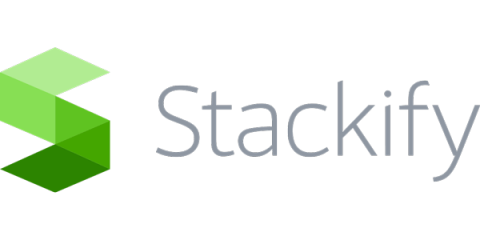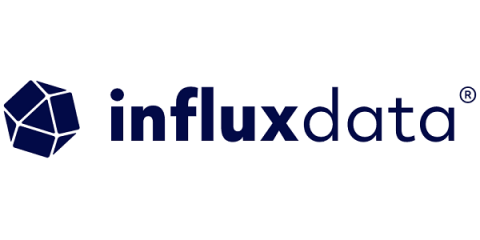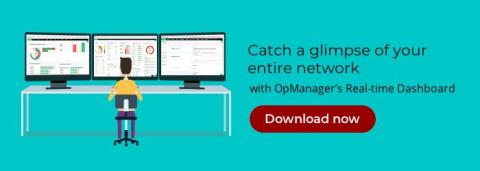9 Signs Your Cloud Readiness Isn't What It Needs to Be
Yes, everyone is talking about the cloud, but are they actually ‘doing it’? The short answer is yes, and in stunning numbers. According to a recent O’Reilly survey, 90+% of organizations expect to increase their usage of cloud-based infrastructure. Over the next 12 months, 67% expect to shift half or more of their applications to the cloud, and 45% are planning to move three-quarters or more of their apps.










